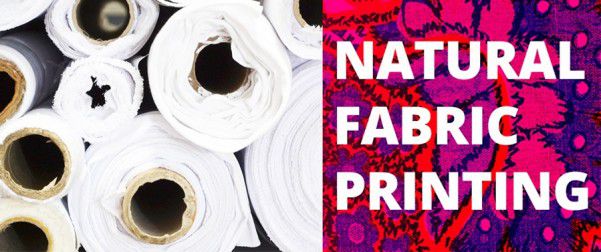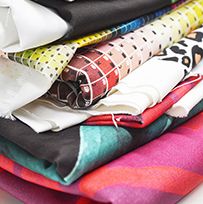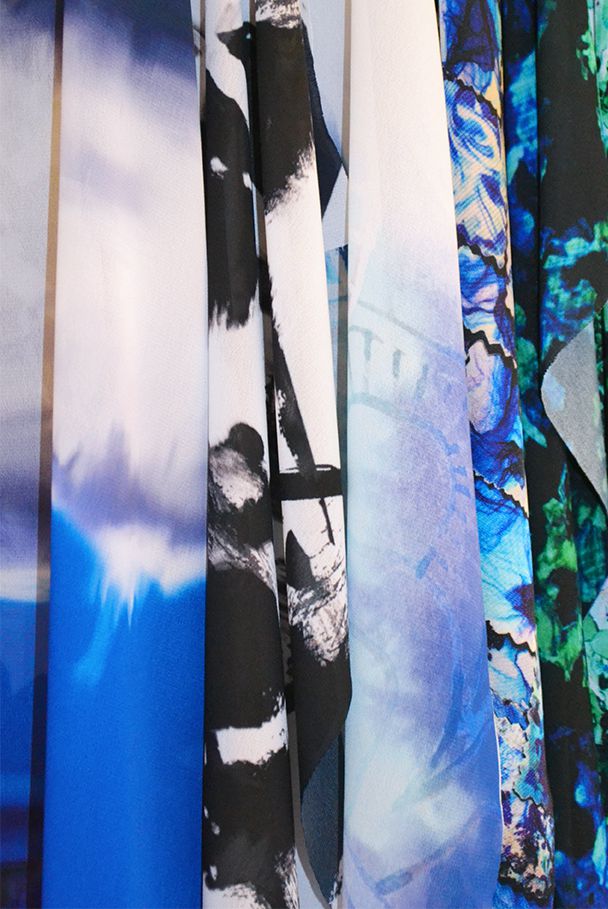Digital Fabrics is happy to announce that we are ready to open the doors to our natural fabric printing orders. It was a long process of research, trials, fabric sourcing, fabric testing, but we are ready and looking forward to print for our customers.
We are currently have natural fabrics to print on: Cotton Canvas, Cotton Drill, Cotton Poplin, Cotton Linen, Bamboo, Deluxe Sateen Cotton. Check our Natural Fabrics page for more information on natural fabrics.
These natural fabrics are very versatile and suitable for all craft projects, clothing, drapery, table linen, cushion covers, pillow cases, kids wear, tea towels, shoes, bags etc.
You can print any image, any colour, any length and create something imaginative with your custom fabric. Creativity is limitless! So let’s not wait any longer, get your files ready, let’s print! Start here!



